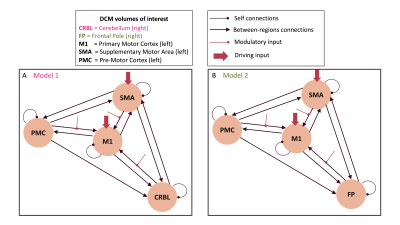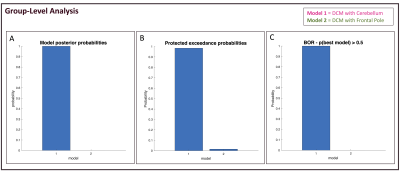Roberta Maria Lorenzi1, Letizia Casiraghi1,2, Adnan Alahmadi3,4, Anita Monteverdi1,5, Egidio D'Angelo1,5, Fulvia Palesi1,5, and Claudia A.M. Gandini Wheeler-Kingshott1,4,5
1Department of Brain and Behavioral Sciences, University of Pavia, Pavia, Italy, 2Azienda Socio Sanitaria Territoriale (ASST) di Pavia, Pavia, Italy, 3Department of Diagnostic Radiology, College of Applied medical sciences, King Abdulaziz University, Jeddah, Saudi Arabia, 4NMR Research Unit, Queen Square MS Centre, Department of Neuroinflammation, UCL Queen Square Institute of Neurology, Faculty of Brain Sciences, University College London (UCL), London, United Kingdom, 5Brain Connectivity Centre Research Department, IRCCS Mondino Foundation, Pavia, Italy
1Department of Brain and Behavioral Sciences, University of Pavia, Pavia, Italy, 2Azienda Socio Sanitaria Territoriale (ASST) di Pavia, Pavia, Italy, 3Department of Diagnostic Radiology, College of Applied medical sciences, King Abdulaziz University, Jeddah, Saudi Arabia, 4NMR Research Unit, Queen Square MS Centre, Department of Neuroinflammation, UCL Queen Square Institute of Neurology, Faculty of Brain Sciences, University College London (UCL), London, United Kingdom, 5Brain Connectivity Centre Research Department, IRCCS Mondino Foundation, Pavia, Italy
Dynamic Causal Modelling confirms the key role of the cerebellum in motor generation. Including cebellar-motor cortex connections in a network modulated by motor input provides a better estimate of the effective connectivity and BOLD signal prediction.

Figure 1) DCM models. A) Model 1: included volumes of interest (VOIs) are CRBL, M1, SMA, and PMC. B) Model 2: included VOIs are FP, M1, SMA, and PMC. Between-regions connections and self-inhibitory connections for each regions are reported. Driving input representing the squeezing-ball task are set for M1 and SMA. Modulatory input representing the force level used during the task is specified for all M1 input connections.

Figure 3) Second-Level analysis outcomes. Group analysis is performed in terms of Free variational energy (F). Bayesian model selection (BMS) parameters are: posterior probability (A), protected exceedance probability (B) and Bayesian Omnibus Risk (BOR) (C). All panels confirm that model 1 is the best choice.